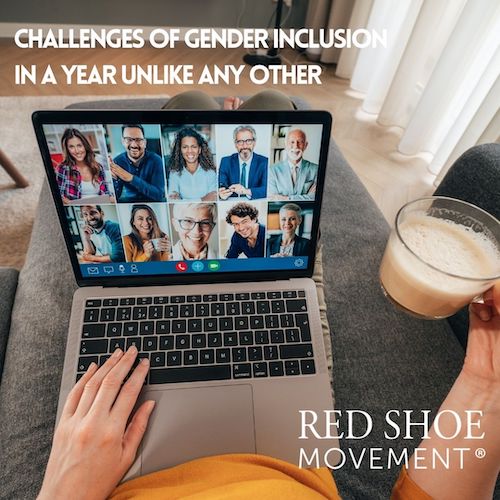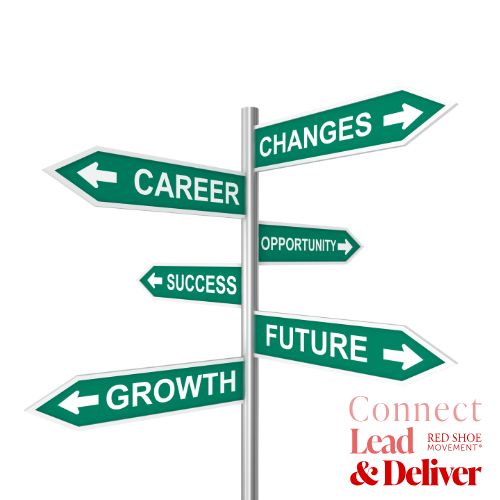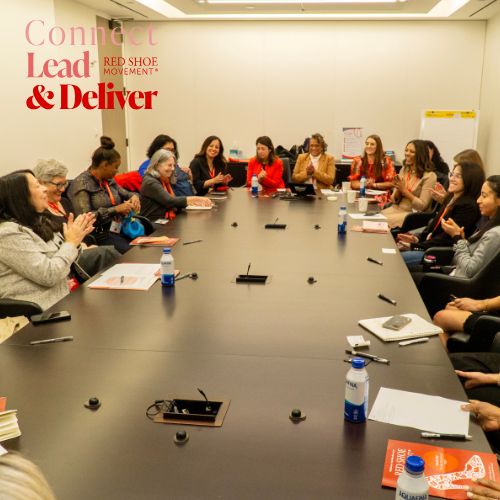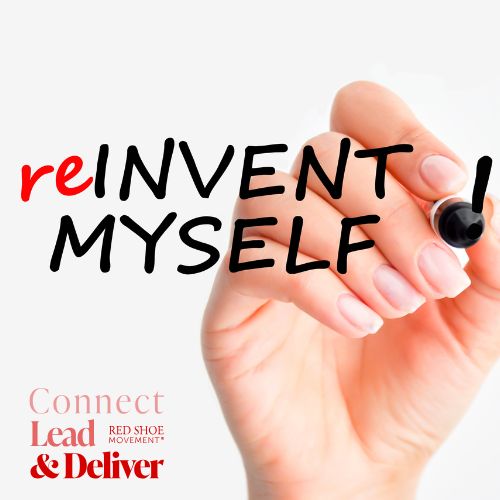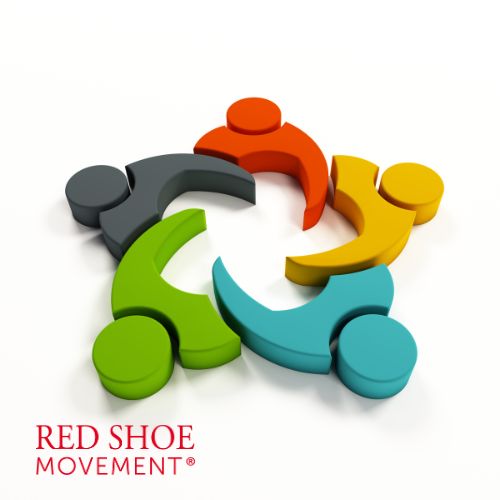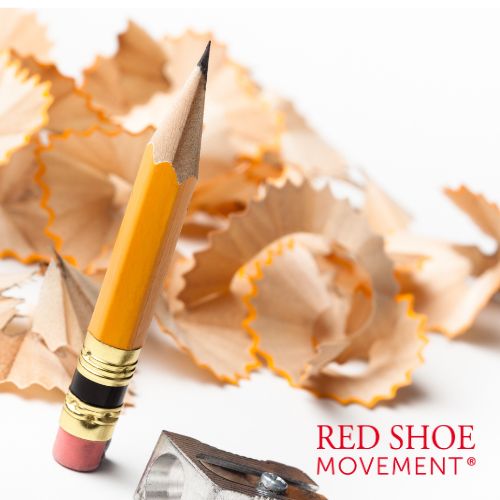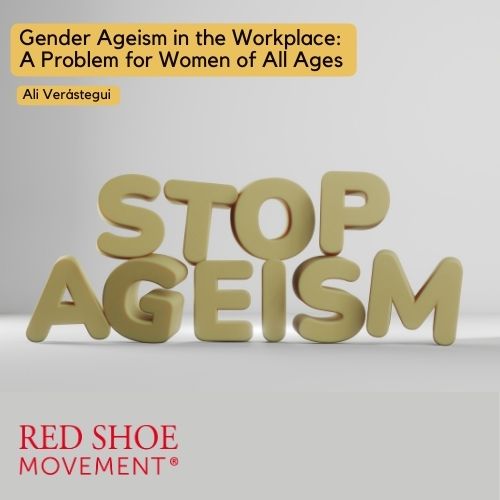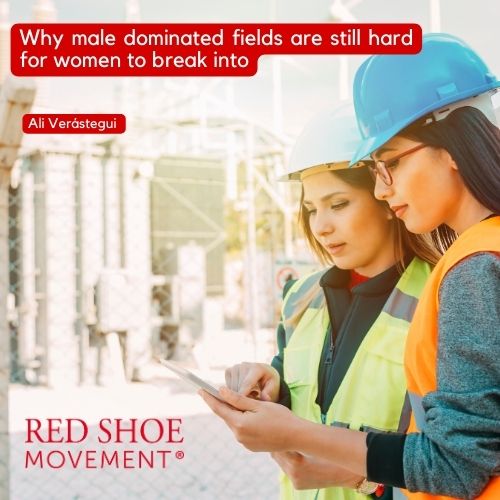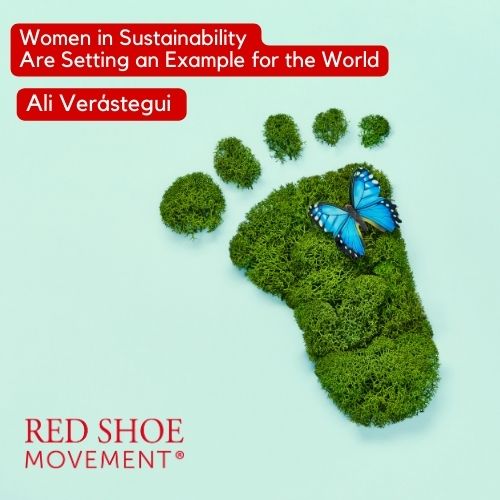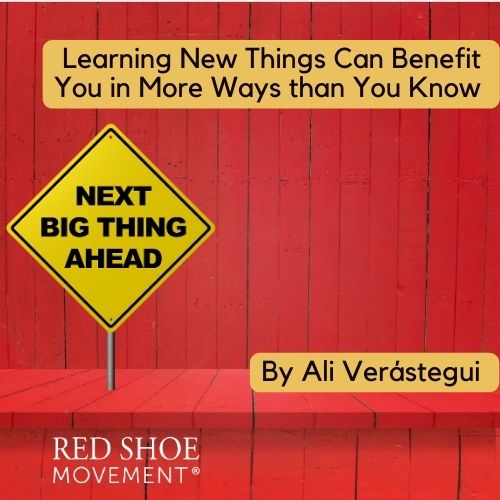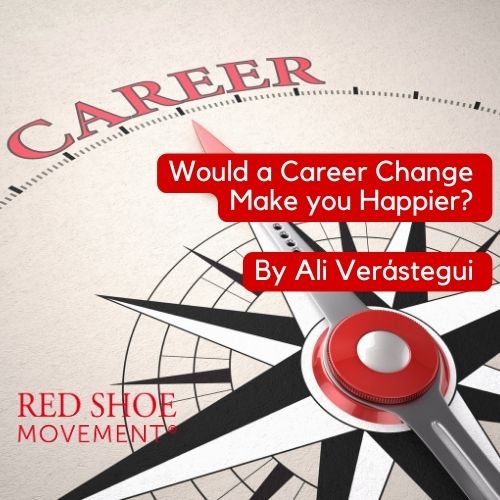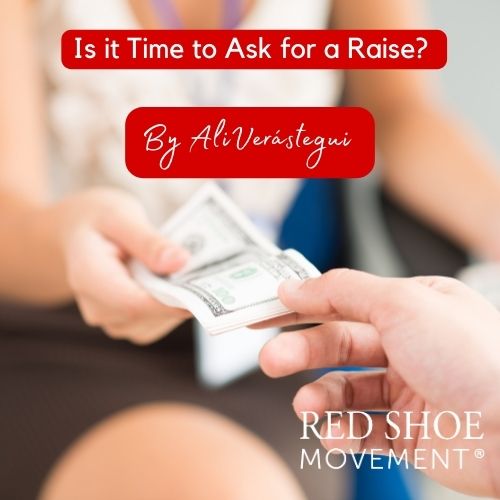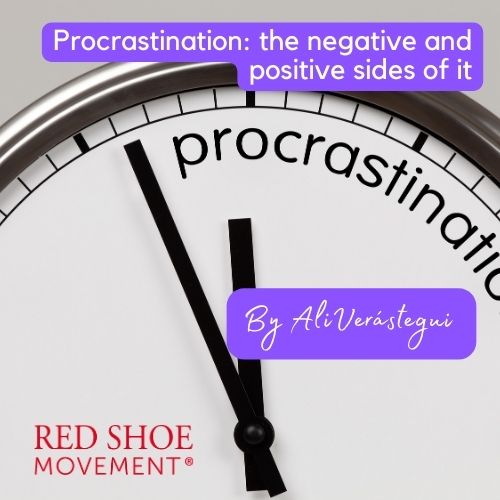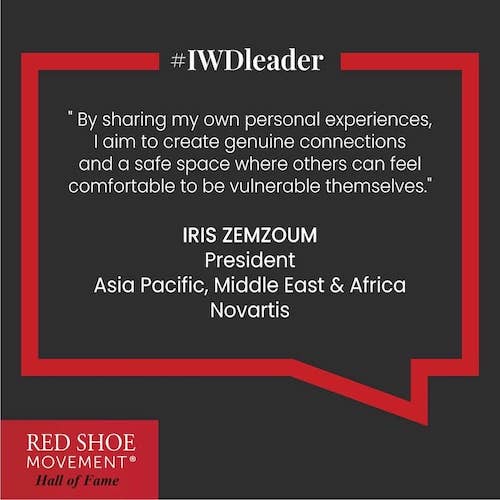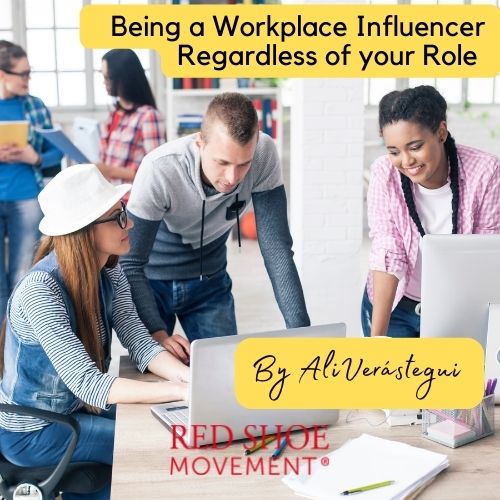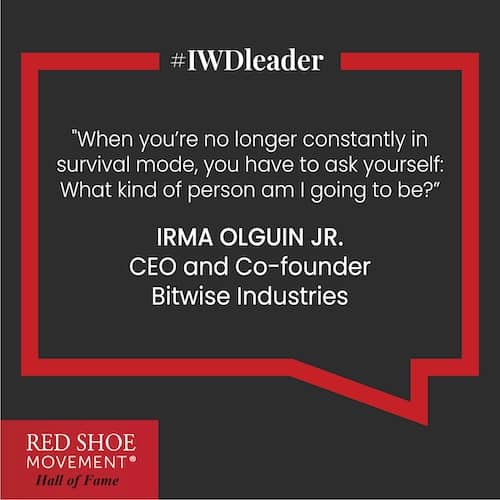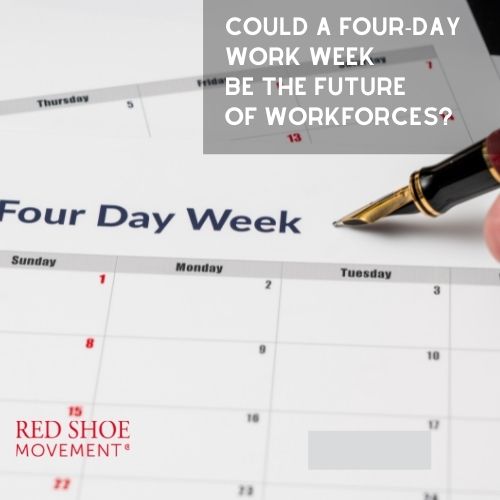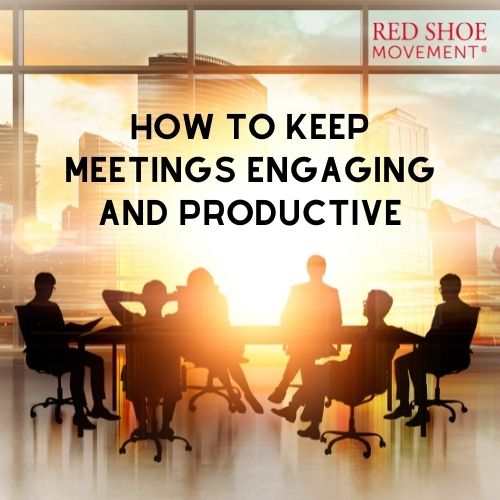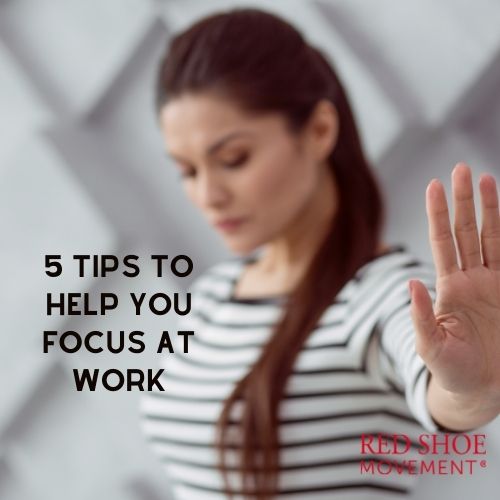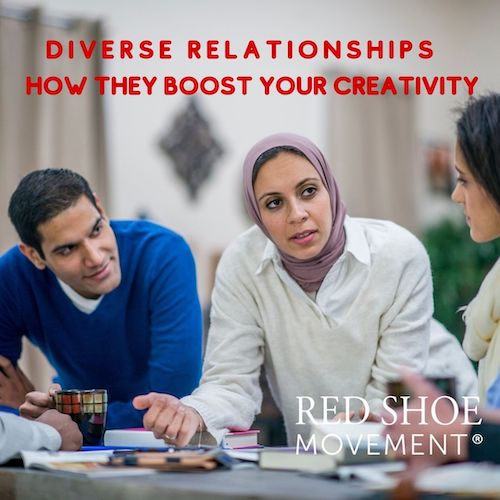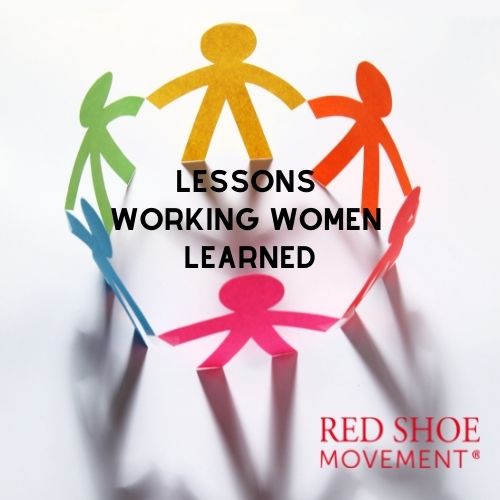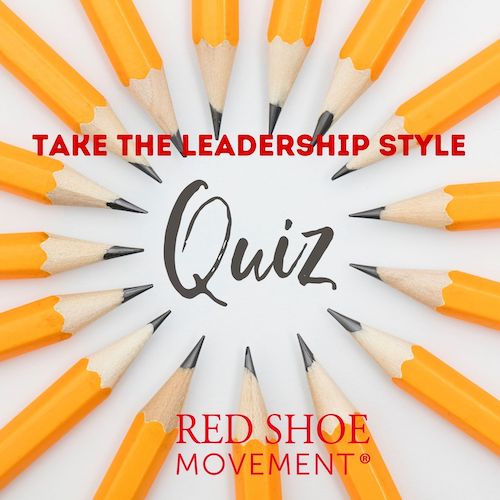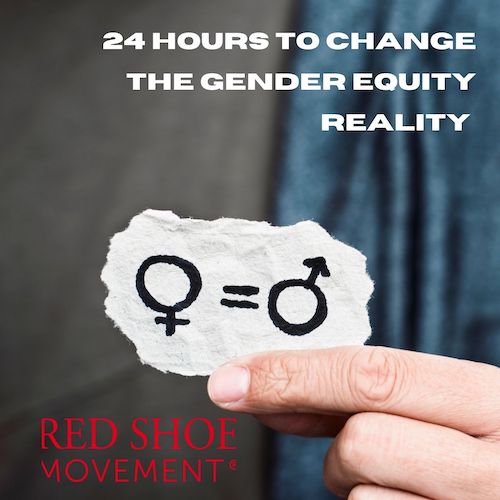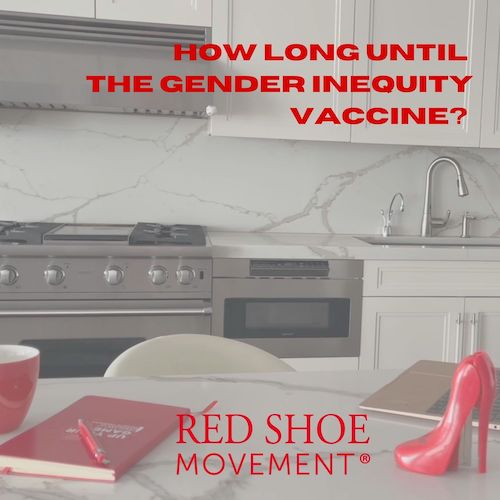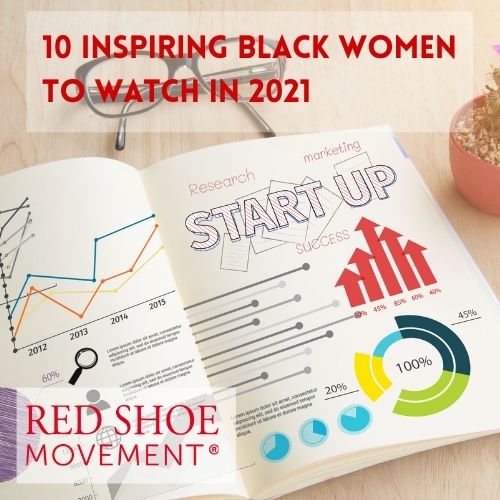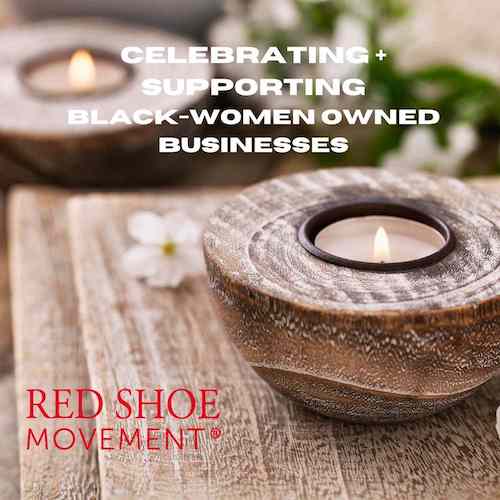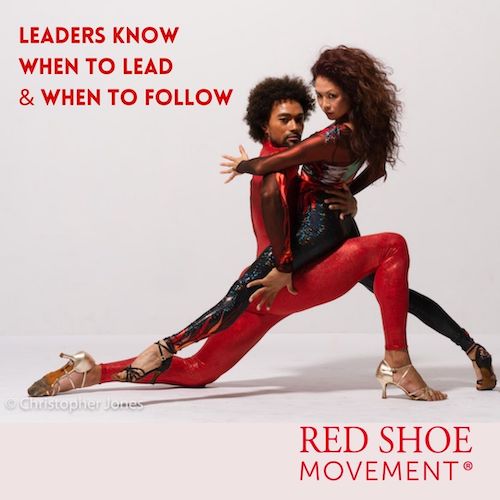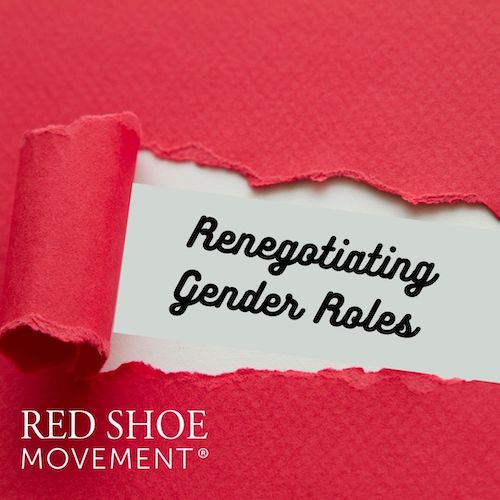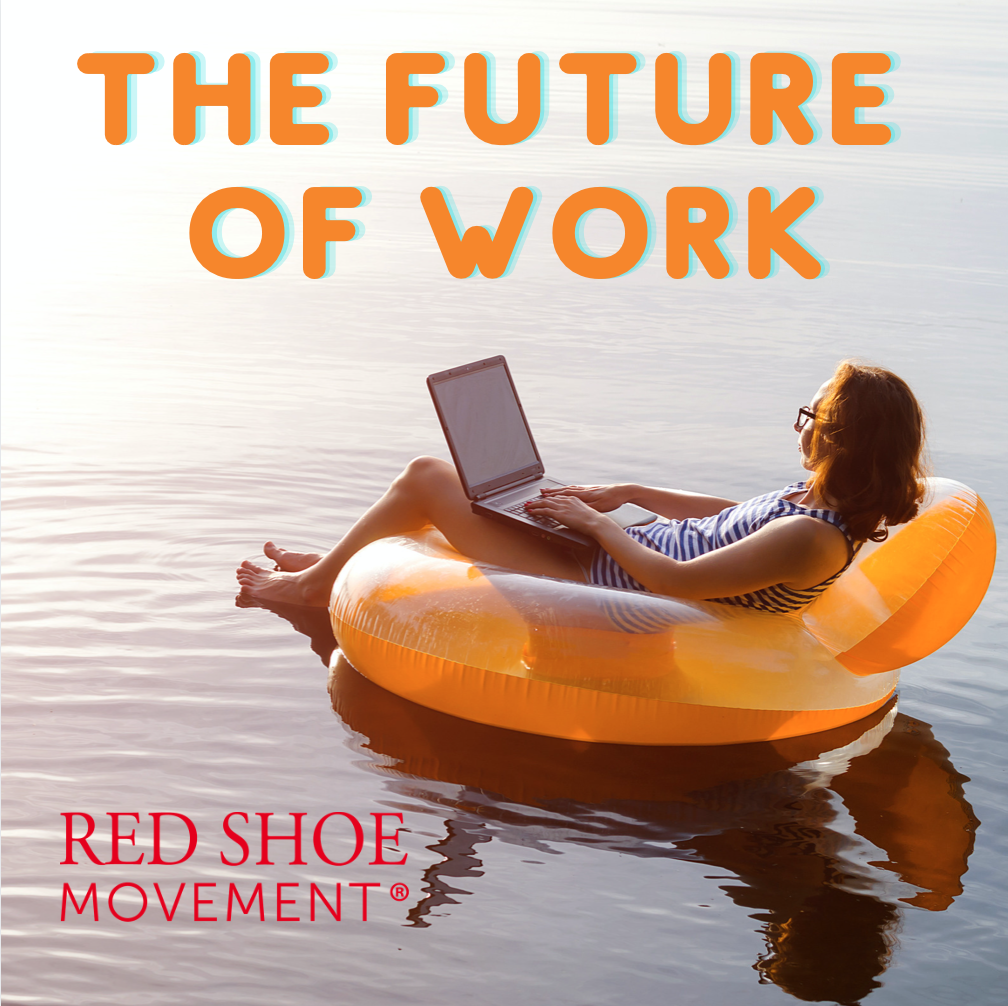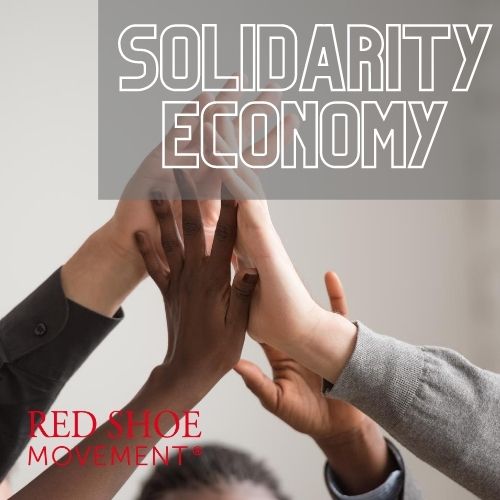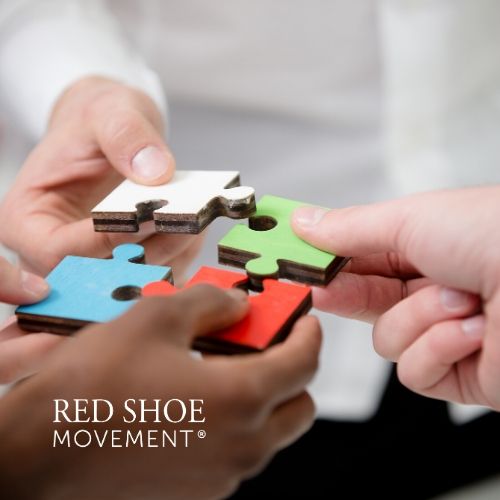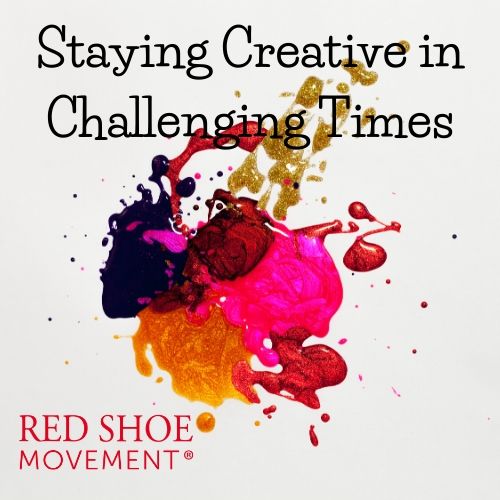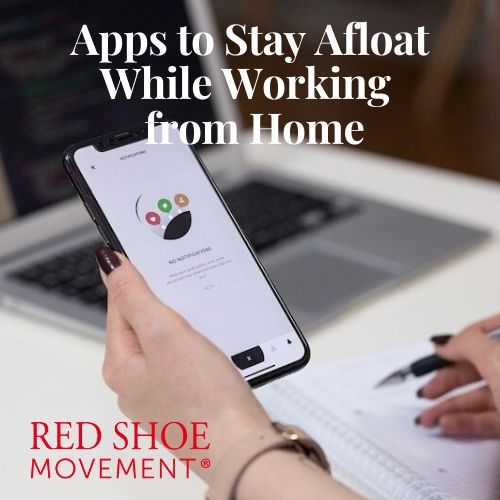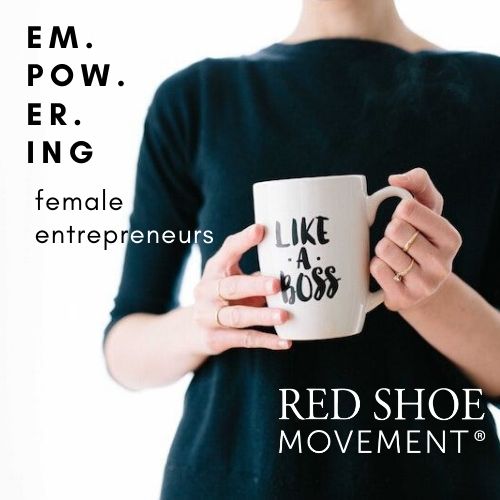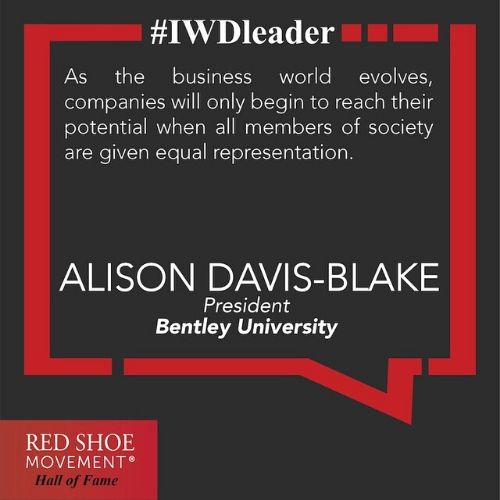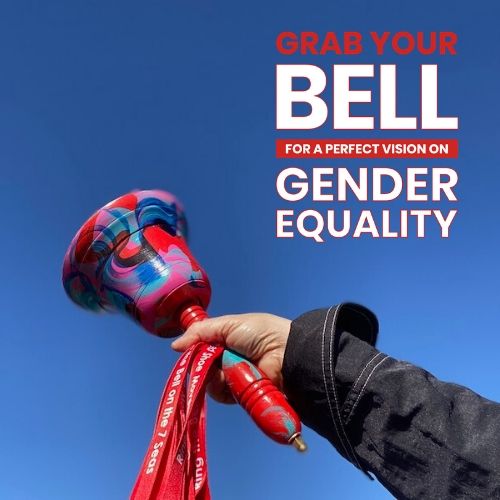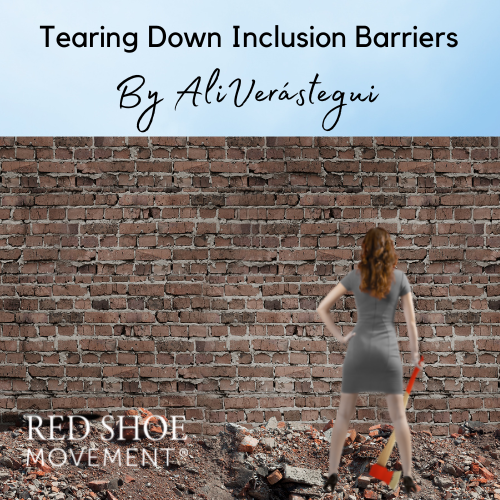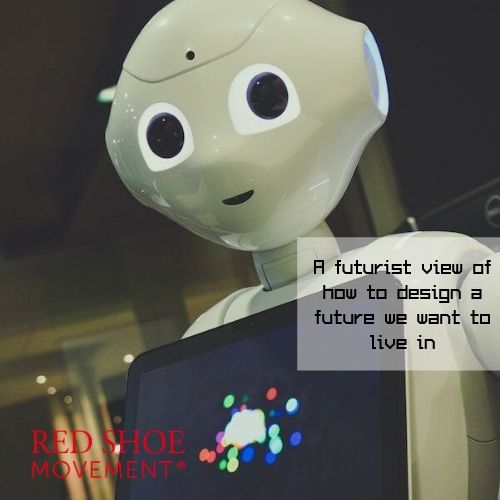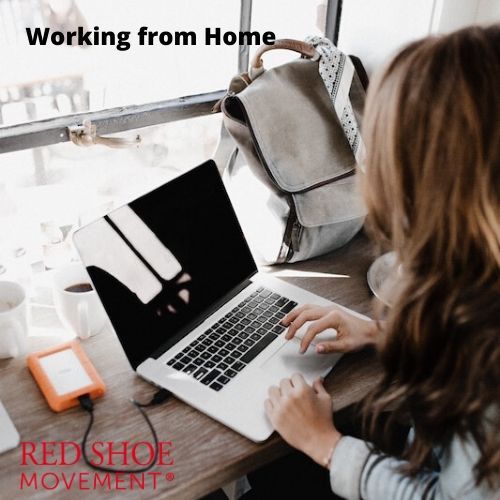In a year unlike any other, many companies have come face to face with the challenges of gender inclusion, occasionally using this time as the perfect opportunity to create a shift.
Can they rise to the occasion? Will they?
According to the Women in the Workplace study of corporate America, 2020 has become a crucial time for companies to evolve and embrace gender inclusion, equity and diversity. For them to make real changes and prevent undoing all of the hard-earned progress towards more diverse and equitable workplaces. To create safe spaces where women, especially women of color, can thrive.
What the research says
It’s true. Research has been conclusive about the fact that what is good for gender equality is also good not just for our economy, but for society as a whole. Published evidence and studies have demonstrated that more diversity in the workplace has had a positive impact in companies that have embraced it. Not only have women in boards and leadership positions improved management and decision making, they’ve actually increased the value of companies with mandated gender quotas.
Slow progress has been made, yes. But women still face unique challenges of gender inclusion in the workplace, especially Black women, Latinas and women with disabilities. Women in the Workplace discovered that the Covid-19 crisis has made 2020 a particularly tough year, not just in the ways it has transformed how companies work, but in the additional difficulties that women must deal with.
It’s not that virtual burnout or anxiety are exclusively female concerns. However, this study confirmed that responsibilities of childcare and housework fall heavily on women’s shoulders, with a higher percentage of Black women and Latinas being solely responsible at home. This has led some women to feel like they’re failing in more than one area and many of them are seriously considering a leave of absence or even quitting their jobs.
Check this post on the research about the Future of Work!
The Challenge of Gender Inclusion
The challenges companies have found this year include women leaving the workforce at a higher rate than men. This means that many companies are at risk of losing women in leadership, with as many as 1 in 4 women contemplating downshifting their careers.
Losing female representation will also mean the collapse of all the years of efforts towards creating better opportunities for women. We’re still far from where we need to be, but according to this study companies in the United States evolved in the right direction, towards a more equal workforce, between 2015 and 2020.
However, the pandemic has also been an amplifier of biases such as performance standards. Some women have felt like they’re being judged more harshly for mistakes or for taking time to spend with family or care for loved ones. Keeping in place pre-Covid expectations and company goals has become a problem in a world affected by new rules and remote work. Companies need to do a better job at finding ways to support and make their female employees feel safe in times of crisis.
See what these entrepreneurs are doing to help women at this time.
A unique chance to tackle the challenges of gender inclusion
While there are definite difficulties to be taken on, this year has presented companies with a pivotal moment where they can choose to do things right. To make a real shift happen. Things are already changing, so it might be the best time to begin some important conversations about gender and racial bias. Some companies reported that the pandemic has made employees feel more unity and empathy, which makes this a good moment to bring this to the table.
Employees and their needs have been more visible than ever, with many companies making mental health a much higher priority than ever before. Among other things, companies must improve their employee communication, make an effort to acknowledge potentially damaging biases and set realistic goals. They must also find ways to address difficult aspects of the news that affect specific members of their work teams.
In short, it’s time for a more empathic and supportive approach at this crucial time. To take a real good look at the challenges of gender inclusion and take the necessary steps to keep moving forward instead of letting the needle fall back.



